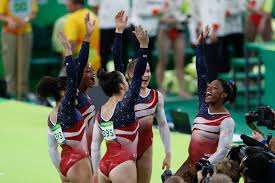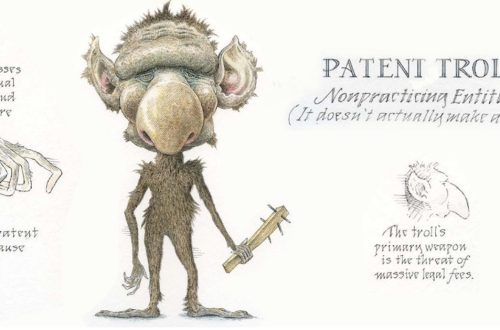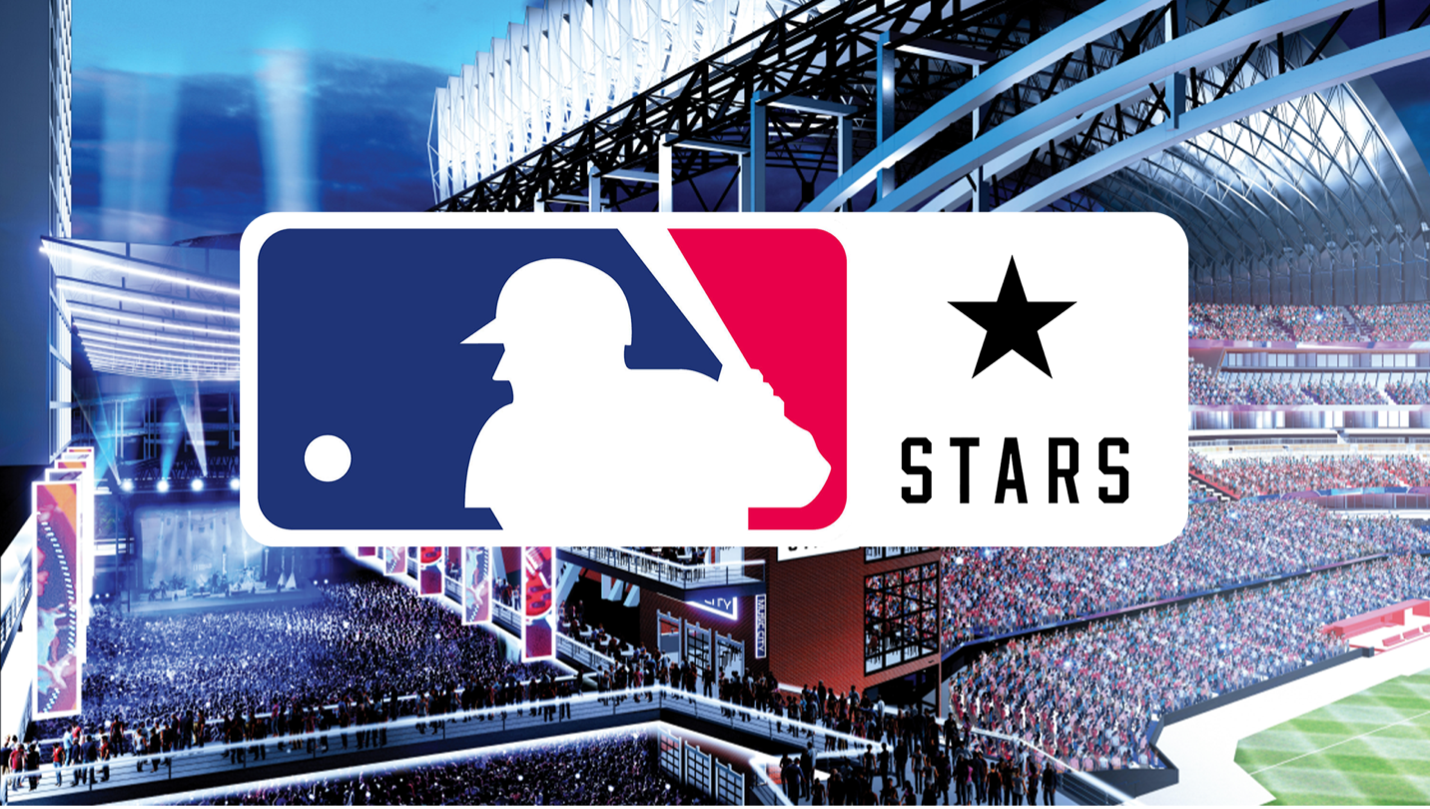By: Cameron Miller
As the web of betrayal, harm, and suffering Dr. Larry Nassar spun during his now-disgraced career as a sports medicine physician at Michigan State University (“MSU”) and with USA Gymnastics begins to unwind, the NCAA has come to East Lasing.
On January 23, the Association has sent a letter of inquiry[1] to the institution, requesting information from the university regarding potential rules violations stemming from Nassar’s decades-long abuse.[2]
Though it’s a good public relations move for the NCAA, what, exactly, can its enforcement staff do about what occurred at MSU? While the NCAA’s rulebook contains glistening statements about “student-athlete welfare” and ethical conduct by athletic employees, the Association has few, if any, regulations MSU’s athletic department could be found liable under for Nassar’s conduct.
Before discussing the case the NCAA’s enforcement staff could potentially build, recall that NCAA has been in this very position before—and failed.
The NCAA and Penn State
In 2012, the NCAA faced a similar situation at Penn State involving former football coach Jerry Sandusky as it currently faces with Nassar: A gut-wrenching saga of child sexual abuse,[3] institutional leaders sent packing,[4] and a maelstrom of criticism to do something, anything.[5] There, the NCAA eschewed its traditional enforcement process, entering into a consent decree with Penn State in July 2012 that imposed devastating penalties: A $60 million fine, a four year postseason ban in football, scholarship losses, probation, and vacated wins.[6] The NCAA never conducted its own investigation; rather, it relied upon the Penn State-commissioned Freeh Report as the basis for its punishment.[7] And while the consent decree cited several bylaws that Penn State allegedly breached in the cover-up of Sandusky’s crimes and the failure to act on reports of his conduct,[8] most of those referenced impose no duty or obligation on member institutions and are simply aspirational in nature. The consent decree did not state with specificity how any of Sandusky’s actions violated NCAA rules and, by connection, how any of the institution’s leaders were responsible for monitoring conduct not actionable under the NCAA’s regulations.
But after becoming the target of legal action[9] and criticism for exceeding its authority, the NCAA began to roll-back its Penn State penalties in 2014,[10] eventually restoring the University’s vacated wins and withdrawing the remainder of the sanctions in 2015.[11] At the outset, the NCAA’s actions at Penn State may have been a PR victory, but by the end the Association bent under the weight of its good-intentioned-but-self-righteous attempt mollify the public outcry. Internal correspondence sent by NCAA officials at the time show even Association President Mark Emmert knew the penalties given to Penn State were a “bluff.”[12]
Potential NCAA Enforcement Action at Michigan State
By sending a notice of inquiry, the NCAA has already indicated that it seeks avoid a Penn State repeat by adjudicating any potential MSU infractions case through its normal disciplinary process. Still, the question of which NCAA bylaws MSU could have violated while Nassar was employed as a sports medicine physician remains unclear. There are several NCAA bylaws expansive enough to potentially create liability for MSU:
Bylaw 10.1 (Unethical Conduct)[13]: Bylaw 10.1 includes a non-exhaustive list of actions by athletes or institutional employees considered to be “unethical” and therefore actionable under NCAA regulations. With respect to the situation at MSU, the most relevant are:
Refusal to furnish information relevant to an investigation of a possible violation of an NCAA regulation when requested to do so by the NCAA or the individual’s institution; and
Knowingly furnishing or knowingly influencing others to furnish the NCAA or the individual’s institution false or misleading information concerning an individual’s involvement in or knowledge of matters relevant to a possible violation of an NCAA regulation.
Thus, even if Nassar’s conduct and the institution’s alleged ignorance and/or cover-up of it are not violative of any NCAA rules, a failure to cooperate fully and give truthful and accurate information during the NCAA’s investigation could result in penalties. Given Michigan State’s evident unwillingness to produce relevant documents related to Nassar’s actions to the U.S. Department of Education’s Title IX officials,[14] refusing to cooperate with the NCAA would not appear surprising.
Bylaw 19.01.5 (Exemplary Conduct)[15]: Bylaw 19.01.5, one of the “General Principles” of the NCAA’s Infractions program, is simultaneously aspirational and obligatory. Covering the conduct of intercollegiate athletic officials, 19.01.5 states that these persons’ “moral values must be so certain and positive that those younger and more pliable will be influenced by a fine example.” Whether the word “must” truly creates the “affirmative [responsibility]” stated in the bylaw is unclear, but what is known is that several MSU athletic officials failed to report Nassar when they were confronted with evidence of his abuse. From 1997-2001, youth and MSU athletes from several different sports reported inappropriate touching by Nassar to their coaches or athletic trainers. In one instance, MSU women’s gymnastics coach Kathie Kagles defended Nassar’s conduct to two underage girls;[16] in another, a softball player who had been touched by Nassar reported his actions to two MSU trainers—both of whom are still employed by the University—who dismissed her complaints.[17] None of these individuals or the others who became aware of Nassar’s conduct through the years upheld the spirit of 19.01.5, but whether this falls within the scope of the unethical conduct standard is unknown.
Bylaw 2.2.3 (Athlete Health and Safety)[18]: Per the NCAA’s Constitution, MSU is responsible to “protect the health of, and provide a safe environment for” its athletes.[19] And, as a Division I member, MSU “should provide an environment that fosters…safety…”[20] It clearly failed to do so. But again, there is a question of whether providing “safety” for athletes is a “should” or “must” under the NCAA’s bylaws.
In short, and notwithstanding obstruction of the NCAA’s investigation, there is little, if any ground on which the Association’s enforcement arm can build its case. But, if Penn State was any indicator, the NCAA’s inability to act under its own regulations doesn’t mean it won’t.
[1] Letter from Oliver Luck to Mark Hollis (January 23, 2018), https://drive.google.com/viewerng/viewer?url=http://media.freep.com/documents/2018/01/mark_hollis_letter_01242018.pdf.
[2] Emily Lawler, NCAA to Investigate Michigan State Over Nassar, MLive.com (January 23, 2018), http://www.mlive.com/news/index.ssf/2018/01/ncaa_to_investigate_msu_over_n.html.
[3] CNN Library, Penn State Scandal Fast Facts, CNN (last updated November 28, 2017), https://www.cnn.com/2013/10/28/us/penn-state-scandal-fast-facts/index.html.
[4] Id. (“November 9, 2011 – Paterno announces that he intends to retire at the end of the 2011 football season. Hours later, university trustees announce that President Graham Spanier and Coach Paterno are fired, effective immediately.”).
[5] Tim Rohan, Scandal at Penn State Poses Tough Choices for N.C.A.A., The New York Times (July 14, 2012), http://www.nytimes.com/2012/07/15/sports/ncaafootball/penn-state-scandal-poses-tough-choices-for-ncaa.html.
[6] BINDING CONSENT DECREE IMPOSED BY THE NATIONAL COLLEGIATE ATHLETIC ASSOCIATION AND ACCEPTED BY THE PENNSYLVANIA STATE UNIVERSITY (July 23, 2012), https://www.ncaa.org/sites/default/files/Binding%20Consent%20Decree.pdf, at 5-6.
[7] Consent Decree at 2.
[8] Id. Cited are NCAA Bylaws 2.1, 6.01.1, 6.4, 10.01.1, 11.1.1, 10.1, 2.4 and 19.01.2 (now 19.01.5).
[9] Charles Thompson, Gov. Tom Corbett launches counterattack on NCAA’s Penn State sanctions, PennLive.com (January 2, 2013), http://www.pennlive.com/midstate/index.ssf/2013/01/gov_tom_corbett_launches_count.html; Charles Thompson, State Sen. Jake Corman files second lawsuit against NCAA over Penn State sanctions, PennLive.com (January 4, 2013), http://www.pennlive.com/midstate/index.ssf/2013/01/state_sen_jake_corman_files_se.html; Bill Chappell, Paterno Family Sues NCAA To Reverse Sandusky Sanctions, NPR (May 30, 2013), https://www.npr.org/sections/thetwo-way/2013/05/30/187261347/paterno-family-to-sue-ncaa-to-reverse-sandusky-sanctions.
[10] Steve Eder and Marc Tracy, N.C.A.A. Decides to Roll-Back Penalties Against Penn State, The New York Times (September 8, 2014), https://www.nytimes.com/2014/09/09/sports/ncaafootball/penn-states-postseason-ban-is-lifted.html.
[11] SI Wire, NCAA to Restore Joe Paterno’s Vacated Penn State Wins, SI.com (January 16, 2015), https://www.si.com/college-football/2015/01/16/joe-paterno-penn-state-wins-restored.
[12] Kevin Horne, Internal Emails Show NCAA Questioned Authority to Sanction Penn State, OnwardState.com (November 5, 2014), http://onwardstate.com/2014/11/05/internal-emails-show-ncaa-questioned-jurisdiction-over-penn-state/ (NCAA Vice President of Academic and Membership Affairs Kevin Lennon: “I know we are banking on the fact the school is so embarrassed they will do anything, but I am not sure about that, and no confidence conference or other members will agree to that. This will force the jurisdictional issue that we really don’t have a great answer to that one…”).
[13] NCAA Bylaw 10.1, see http://www.ncaapublications.com/productdownloads/D118.pdf at 45.
[14] Paula Lavigne, Michigan State sought to end federal oversight, delayed sending Nassar files, ESPN.com (January 25, 2018), http://www.espn.com/espn/otl/story/_/id/22211140/michigan-state-sought-end-federal-oversight-delayed-sending-feds-files-larry-nassar-espn.
[15] NCAA Bylaw 19.01.5, see http://www.ncaapublications.com/productdownloads/D118.pdf at 329.
[16] Tracy Connor and Sarah Fitzpatrick, Gymnastics scandal: 8 times Larry Nassar could have been stopped, NBC News (January 25, 2018), https://www.nbcnews.com/news/us-news/gymnastics-scandal-8-times-larry-nassar-could-have-been-stopped-n841091.
[17] Id.
[18] NCAA Bylaw 19.01.5, see http://www.ncaapublications.com/productdownloads/D118.pdf at 329.
[19] NCAA Bylaw 19.01.5, see http://www.ncaapublications.com/productdownloads/D118.pdf at 3.
[20] Commitments to the Division I Collegiate Model, see http://www.ncaapublications.com/productdownloads/D118.pdf.




